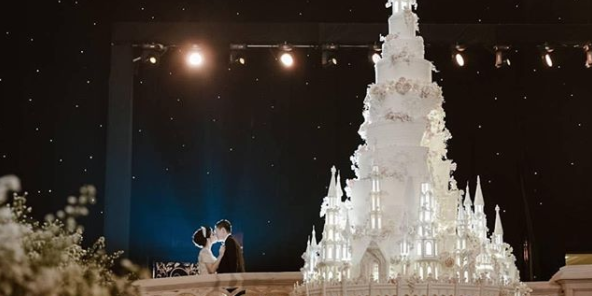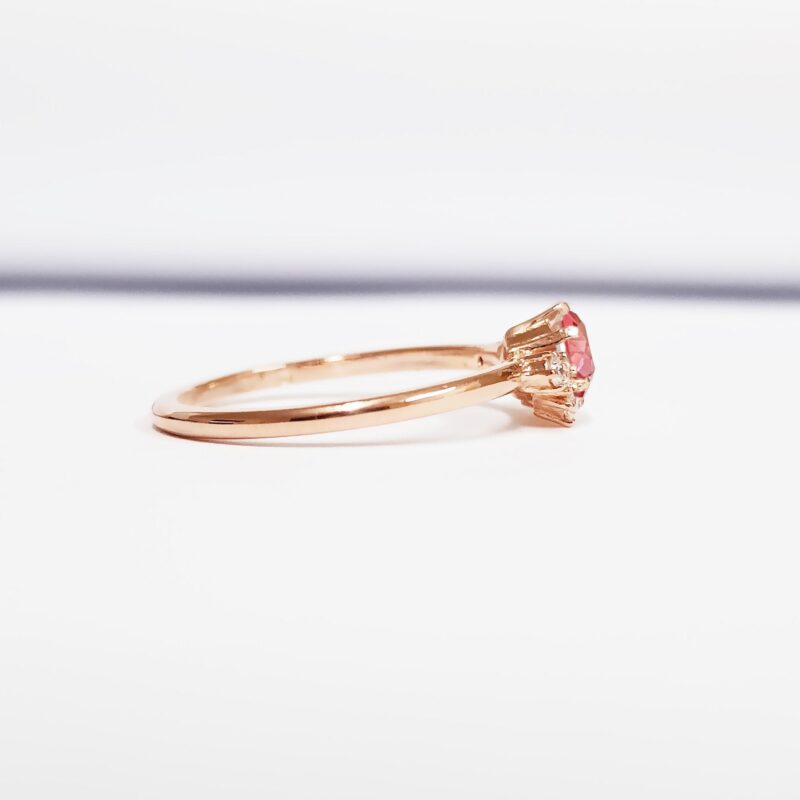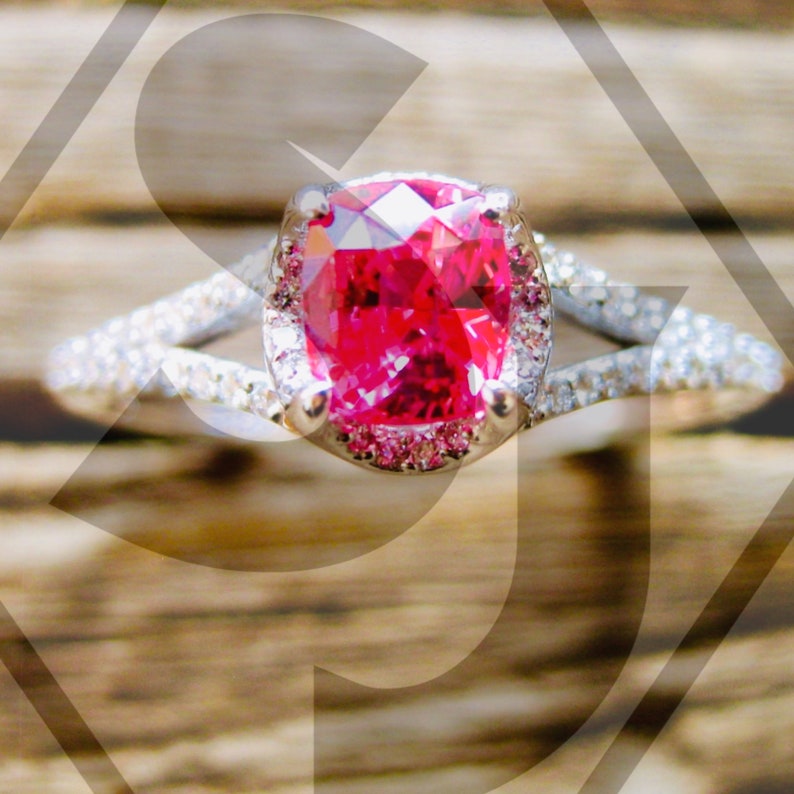

Padparadscha sapphires are also extremely rare. These are all qualities of great meaning for two lives about to be joined as one, and make the padparadscha sapphire even more appealing for popping the question. At night, it closes and sinks back under the water, emerging again with the sunlight of a new day.Īs such, the lotus blossom represents such things as enlightenment and rebirth for the ancient Egyptians and Buddhists, as well as purity, prosperity, fertility and eternity for Hindus.

A lotus blossom grows from the bottom of a muddy, murky pool then ascends from the water as a beautiful flower, completely unstained.

The lotus blossom the Sinhalese are referring to here is a water lily that exhibits a unique and delicate pinkish-orange to orangey-pink hue, much like the colors found in salmon or a spectacular sunset.īut the lotus blossom represents so much more than just a pretty color. In fact, the name padparadscha means lotus blossom in Sinhalese, the most common language in Sri Lanka. Padparadscha sapphires are primarily found in Sri Lanka, which for centuries was the only source of the stone. But there is one sapphire not as commonly known that possesses both the color and rich symbolism that make it just right for engagements: the padparadscha. And pink sapphires come in a slew of shades, from soft peach to bright as bubble gum. There are, of course, pink diamonds, as well as the semiprecious morganite and tourmaline. After all, peachy-pink is not only inherently feminine, it’s often regarded as the color of a budding romance, which is perfectly fitting for the occasion. Colorful engagement rings might suit you best, particularly ones with the rare pink-orange colors. You’re the type of bride-to-be for whom traditional diamonds just won’t do.

Rare, symbolic and breathtakingly beautiful, padparadscha sapphires are perfect for the bride who thinks peachy-pink.


 0 kommentar(er)
0 kommentar(er)
